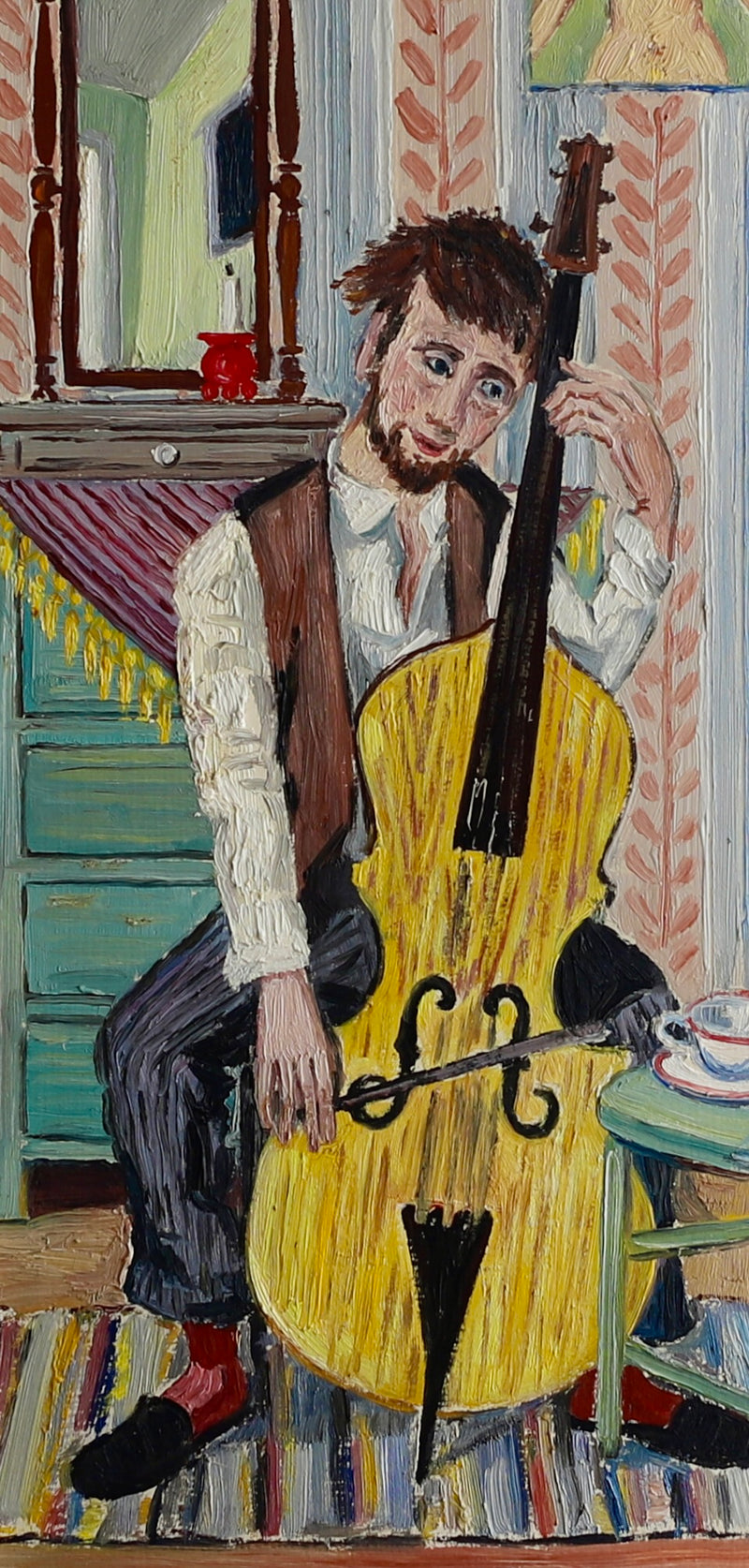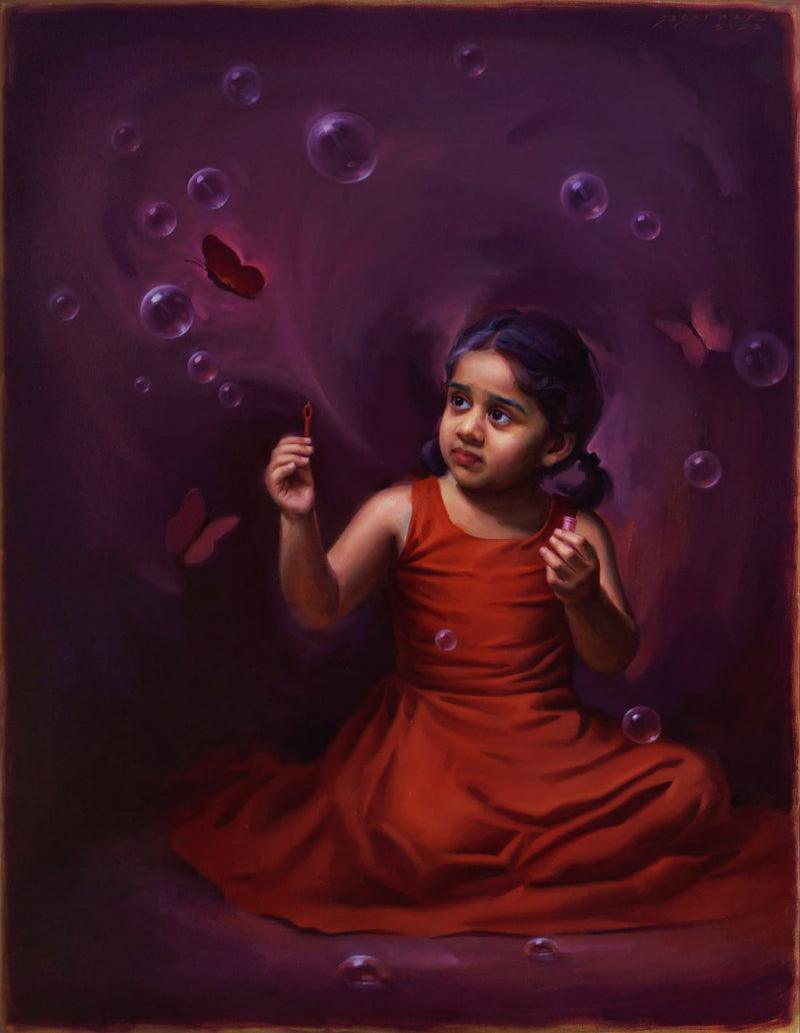Revealing the Tricks Behind Expressive Figurative Oil Painting Styles
Revealing the Tricks Behind Expressive Figurative Oil Painting Styles
Blog Article
The Evolution of Metaphorical Oil Painting: Recognizing Its Historical Value and Modern Interpretations
The advancement of figurative oil painting acts as an engaging lens where to examine the interplay in between creative expression and historic context. From the meticulous naturalism of the Renaissance to the stirring power of the Baroque, each age has added layers of significance and technique to this timeless tool. Contemporary artists, drawing from this abundant heritage, are now reinterpreting the human number in manner ins which challenge conventional narratives. As we discover these makeovers, one have to take into consideration exactly how the dialogue in between present and previous informs not only artistic practice yet likewise societal representations in a progressively complex globe.
Beginnings of Figurative Oil Paint
The beginnings of metaphorical oil painting can be traced back to the very early Renaissance in Europe, specifically in the 15th century. The development of oil paint allowed for higher deepness of shade and information, enhancing the realism and vibrancy of their work.

In this transformative era, figures were often depicted within contextually abundant settings, showcasing not just their physical features yet additionally their emotional states. Leaders such as Jan van Eyck and Titian harnessed the tool's convenience, using layering strategies to attain luminance and appearance. This innovation helped with the portrayal of detailed fabrics and the subtleties of complexion, contributing to the growth of portraiture and narrative scenes.
Moreover, the Renaissance focus on humanism promoted a recognition for individualism, which consequently influenced musicians to develop even more dynamic and relatable figures - figurative oil painting. Because of this, figurative oil paint arised as an effective automobile for storytelling and emotional involvement, preparing for future imaginative movements and styles
Key Historic Motions
Substantial historic activities have actually shaped the evolution of metaphorical oil painting, each adding one-of-a-kind philosophies and methods that expanded the tool's opportunities. The Renaissance marked a turning point, emphasizing realism and the human kind, with musicians like Leonardo da Vinci and Michelangelo pressing the borders of physiological accuracy and viewpoint. Following this, the Baroque period brought remarkable contrasts of light and shadow, exemplified by Caravaggio, that infused religious motifs with intense emotionality.
The 19th century introduced Romanticism and Realistic look, where musicians such as Delacroix and Courbet tested classic ideals, focusing on specific expression and everyday life. The advent of Impressionism even more transformed the tool by stressing the effects of light and color, resulting in a departure from conventional representation.
In the early 20th century, activities like Expressionism and Cubism redefined figurative paint with abstraction and the exploration of emotional deepness. Each of these activities not only reflected the social changes of their times yet likewise prepared for modern analyses. The interaction between these historic movements has actually developed an abundant tapestry of designs and viewpoints, influencing modern-day artists in their pursuit of recording the human experience on canvas.
Strategies and Products Development

Throughout the Baroque period, techniques such as chiaroscuro and sfumato arised, enhancing the psychological resonance of metaphorical structures. Artists started to explore glazes and impasto, adjusting structure and luminosity. By the 19th century, technologies like using pre-mixed paints in tubes transformed ease of access, allowing musicians to repaint en plein air and catch the fleeting effects of light.
The 20th century witnessed the intro of artificial pigments and mediums, which expanded the scheme and modified the uniformity of oil paints. The expedition of new application strategies, such as palette blades and brushes of differing tightness, more diversified imaginative expression. Collectively, these developments reflect the evolving relationship in between materials, strategies, and the creative have a peek at this website vision integral in figurative oil painting.

Contemporary Interpretations
Contemporary interpretations of figurative oil painting reflect a vibrant discussion in between practice and innovation, where musicians challenge established norms and check out diverse styles. This development shows up in numerous ways, as contemporary artists blend classical methods with contemporary ideas, usually addressing social, political, and personal stories.
Several professionals attract motivation from historical jobs, yet they infuse their pieces with modern point of views, utilizing the human kind as an automobile for commentary on sex, society, and identification. Artists increasingly try out abstraction, distortion, and multimedias, which allows for a broader analysis of the number and its context.
Additionally, the usage of brilliant color schemes and unique structures usually offers to disrupt conventional seeing experiences, provoking essential involvement from target markets. This change in focus prolongs beyond looks; it mirrors an expanding understanding of the complexities of human experience in an interconnected world.
As figurative oil paint proceeds to advance, it continues to be a vital tool for discovering the nuances of modern life, symbolizing both a respect for heritage and a dedication to modern idea. The result is an abundant tapestry of expression that resonates with the intricacies of the modern human problem.
Effect On Modern Art
The impact of figurative oil paint on modern-day art is profound, as it has continuously motivated a myriad of artistic motions and methods throughout the 21st and 20th centuries. From Expressionism to Surrealism and past, the exploration of the human figure has stayed a main motif, allowing artists to communicate complicated feelings and stories. This focus on metaphorical representation has resulted in a re-examination of standard strategies, causing innovative methods that blend realism with abstraction.
In addition, contemporary artists have actually welcomed figurative oil painting as a way to attend to political and social concerns, utilizing the medium to challenge understandings of gender, identity, and culture. The rebirth of rate of interest in metaphorical operate in recent years mirrors a yearning for link in a significantly electronic world, where human experience and emotion are extremely important.
Furthermore, the discussion between figurative oil painting and why not try these out modern art appears in the works of artists such as Kehinde Wiley and Jenny Saville, who make use of reference historical references while infusing their pieces with contemporary relevance. Eventually, figurative oil painting remains to shape and redefine modern creative expression, highlighting its enduring value in the art world.
Final Thought
The advancement of metaphorical oil paint highlights its historical importance and versatility across different creative activities. From the naturalism of the Renaissance to the stirring expressions of the Baroque and the cutting-edge strategies of modernity, this tool has constantly changed. Contemporary analyses mirror vivid shades and unique make-ups, promoting important involvement with political and social styles. Ultimately, figurative oil paint stays an important tool for checking out the human experience, reverberating exceptionally in today's electronic landscape.
The advancement of figurative oil painting offers as a compelling lens via which to take a look at the interaction between creative expression and historical context.Significant historical motions have shaped the advancement of figurative oil painting, each adding unique approaches and techniques that broadened the medium's opportunities.As historic movements shaped the trajectory of figurative oil paint, the materials and strategies employed by artists have actually likewise undertaken substantial improvements. figurative oil painting.The effect of metaphorical oil painting on contemporary art is profound, as it has consistently motivated a myriad of artistic motions and techniques throughout the 20th and 21st centuries.The evolution of figurative oil painting highlights its historic value and adaptability throughout numerous imaginative movements
Report this page